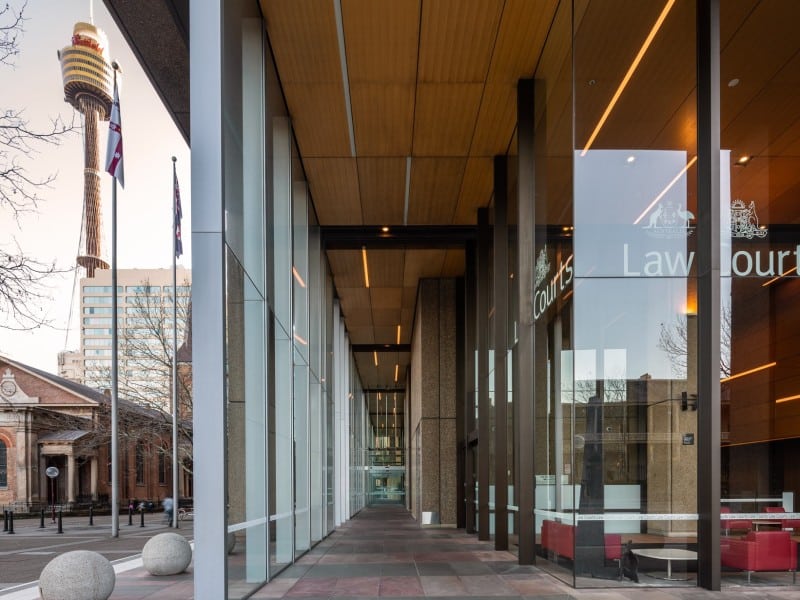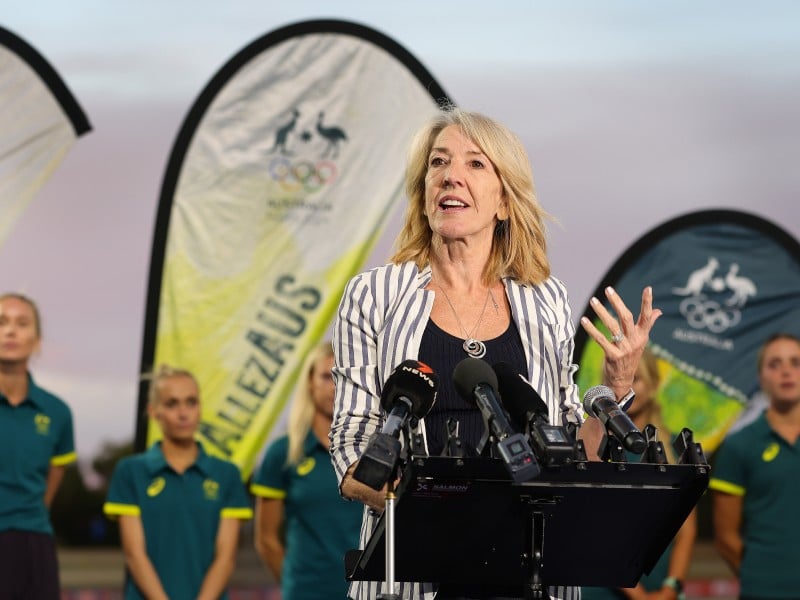The lost racetracks of Sydney and their place in Australian turf history
The proposed closure of Rosehill Gardens within five years is news that is still settling on the racing shoulders of Sydney.
It’s only a few weeks since the announcement and, should the Australian Turf Club (ATC) push on with its decision, Rosehill will become the first Sydney racecourse since Rosebery in 1962 to close its doors to the public.
Rosebery’s closure more than 60 years ago was unceremonious. The track hadn’t hosted a race meeting since 1940, and, after war occupation, it reopened for training and barrier trials only.
However, up to this point, it is still the last metropolitan racetrack lost to Sydney.
That’s a good run.
The world over, racing jurisdictions are losing their racecourses, with Singapore the most obvious example in 2023. Midway through this year, we learned that racing on the island nation would cease in less than two years, and Kranji Racecourse, like Rosehill, will be redeveloped for urban use.
In England, countless tracks have been lost to the sport, including Folkestone in 2012, while Kempton Park was almost lost in more recent years.
In America, the picture is even more serious with the closure since 2000 of such grand city institutions as Hollywood Park in Los Angeles and Bay Meadows in San Mateo. Golden Gate Fields in San Francisco is poised for permanent closure from June 2024.
This considered, Rosehill’s fate doesn’t seem so isolated, but when it’s the first Sydney closure since 1962, and the 14th racecourse closure overall in the history of the city, it’s worth taking a look at the precedent.
On today’s maps, Rosebery Racecourse sat on the southern side of Gardeners Road in Eastlakes, on what is now Eastlakes Shopping Centre, just west of Randwick. Rosebery was a privately owned ‘proprietary’ track, one of the many in Sydney that fell under the umbrella of ‘pony racecourses’.
Unfairly, the pony tracks carried dirty reputations.
They seemed to have their own rules and their own demographic, and underground betting was vibrant. But much of this reputation was pushed by the licensed clubs, including the Australian Jockey Club (AJC), in a bid to close down the proprietary scene, which eventually happened.
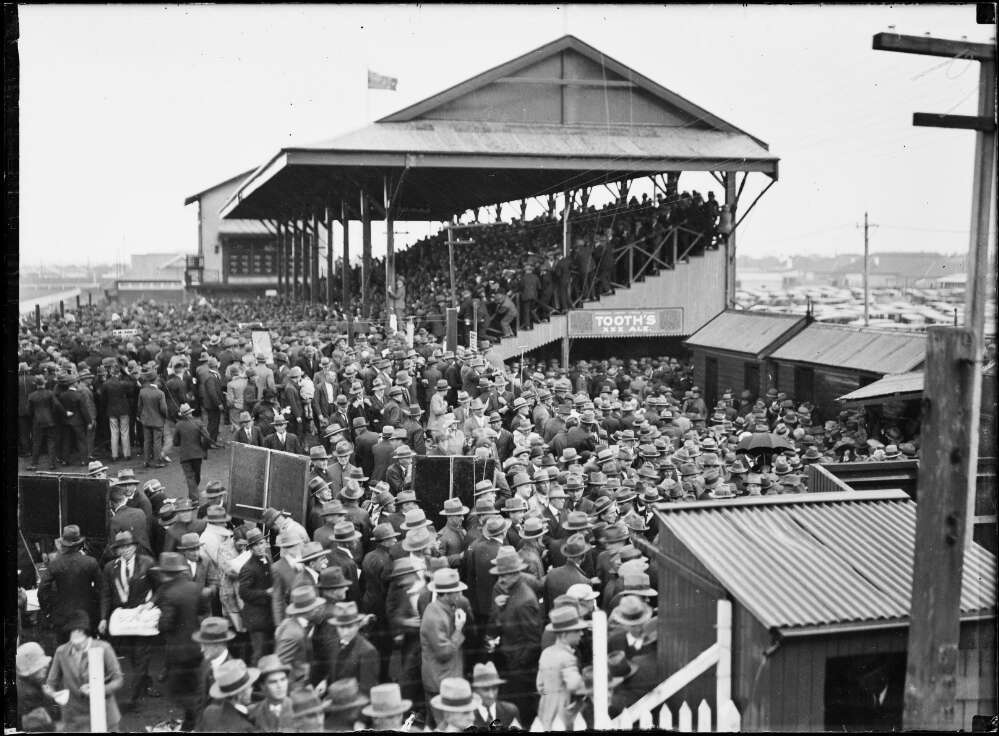
Alongside Rosebery, there were plenty of proprietary tracks in Sydney.
There was one at Moorefield (south of Brighton-le-Sands), at Ascot (which is now Sydney Airport), at Victoria Park (now home to high-density apartment living in Zetland), and at Kensington (on what is now the University of New South Wales). Kensington is an interesting example of Sydney’s pony tracks because it was only streets south of Randwick Racecourse.
The lease for Kensington was obtained in 1889 by the Rosehill Racing Club, probably in response to a disciplinary deregistration of Rosehill earlier that year. Rosehill had defied an AJC ruling on race dates, and what better way to avenge a deregistration than to open a racecourse on enemy territory?
Kensington operated until 1941, when its final race on Christmas Eve was won by Darby Munro. Within months, Victoria Park and Ascot also closed.
It’s no coincidence that the bulk of these closures in Sydney occurred during World War II. Sydney’s racecourses were plentiful in both number and resources; they had sanitation, space and facilities, and they were the ideal stations for troops.
However, as the final meetings at Ascot, Victoria Park, Kensington and Rosebery occurred during the war, their respective racing clubs didn’t know they were to be the final meetings. The federal and state governments applied legislation that removed proprietary racing from the city, and the pony tracks of Sydney were no more.
The AJC was granted Kensington’s 12 days of racing, and the balance of the 48 total proprietary days of racing was distributed to the newly formed Sydney Turf Club (STC).
Victoria Park, like Rosebery, was retained for training and barrier trials until 1952, and Ascot was also retained for training until 1948 when construction began on the east-west runway of Sydney Airport.
When the pony tracks surrendered their racing during the war years, it was under the assumption that it would all pick up again on the other end. When that didn’t happen, it ushered in a new era for Sydney racing.
Suddenly, instead of a dozen racecourses dotted around the city and its vast suburbs, each operating for its own good, there were only two clubs – the STC and the AJC, and the four racecourses of Randwick, Warwick Farm, Canterbury and Rosehill.
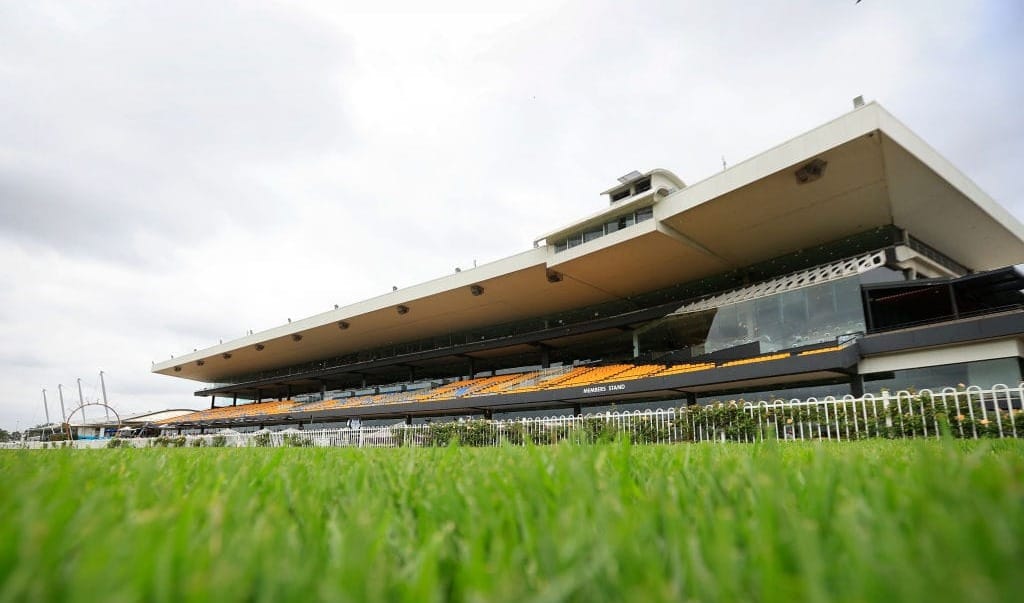
Graham Caves is one of Sydney’s foremost racing historians. He has devoted much of his life to preserving and collecting memorabilia.
Until the recent decision by the Australian Turf Club (ATC) to close its historical division at Randwick, Caves was a vital volunteer in the archives and for decades he has been the go-to guy of the Historical Society.
“If you’d asked me which of the four Sydney racecourses was going to go, I would have said Canterbury in a heartbeat,” he says.
“It shocked me to pieces when I heard about Rosehill. It’s the saddest decision of my racing life of 65 years.”
Caves grew up around Rosebery Racecourse. As a young fellow, he remembers riding the double-decker buses and peering over the Gardeners Road wall onto the track.
He says the decision to close Rosehill is simply racing turning its back on western Sydney, condensing the racing product into the eastern fringes of the city.
Caves reminds us that the suburb of Homebush, which is just 10 minutes from Rosehill, played a vital early part in colonial Sydney. Sections of today’s Sydney Olympic Park were the site of Homebush Racecourse from 1841 to 1859. In 1860, headquarters shifted to Randwick.
“I can see the arithmetic logic behind closing Rosehill, but they’ve abandoned racegoers west of Randwick,” Caves says. “Rosehill was a first-class track and, if this happens, western Sydney will no longer have a racecourse to call its own.”
Canterbury had been on the chopping block for a long time, a bit like Sandown in Victoria. According to Caves, it was almost sold half a dozen times before the AJC-STC merger.
“Canterbury is nowhere near the value of Rosehill in dollar terms,” he says. “Rosehill fits in perfectly with future planning, whereas Canterbury doesn’t.”
In Caves’ private collections, there are dozens of books, leaflets and old newspapers and magazines documenting the volume of old racecourses across Sydney. From the arrival of the First Fleet, racing was a sporting priority among the free settlers, which would account for not only the metropolitan clubs mentioned above, but also the picnic courses and more regional tracks dotted around the maps.
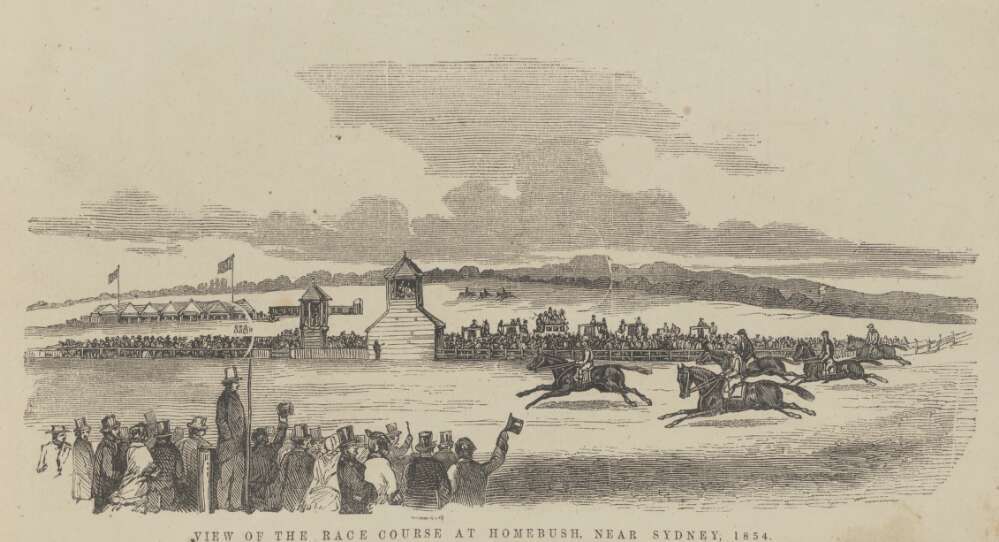
Take Fernhill, located in Mulgoa at the foot of the Blue Mountains. The track is still there but race meets are just a memory, and it’s used these days by agisting showjumpers.
There were also country tracks at Camden, Campbelltown and Woodlands (in western Sydney), none of which survived but which were once the beating hearts of their communities.
And that’s what the proposed closure of Rosehill has done to some Sydney racegoers. It has reminded them of when last they were here, rueing the disappearance of a track.
In 1962 it was Rosebery, which was the last foothold of the pony scene and which was, arguably, the greatest training track Sydney trainers have ever seen.
In 1934 at Victoria Park, Peter Pan set a seven-furlong record ahead of his second Melbourne Cup victory, while Moorefield, Ascot and Kensington all had their stars.
Rosehill, if it does close, will disappear into the annals with countless legends to its name. Unless Randwick suffers the same fate at some point in the future, it’s safe to say that Rosehill will forever remain the grandest of Sydney racecourses to close.


